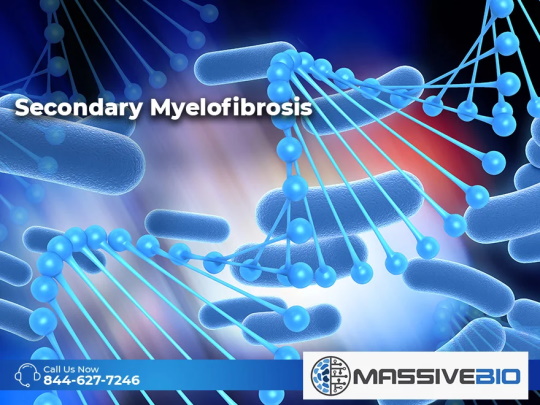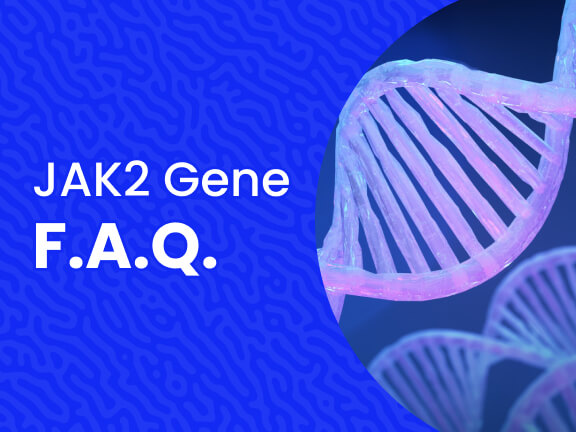Secondary myelofibrosis is a group of diseases in which bone marrow hematopoietic tissue fibrosis caused by various causes affects hematopoietic function. The mechanism of bone marrow fibrosis is unclear, with some cases having hematopoietic stem cells or mesenchymal stem cells.
There is no effective preventive measure for secondary myelofibrosis. Early diagnosis is the key to prevention and treatment of this disease. The duration of the disease ranges from a few months to 30 years. In general, the natural course of the disease averages about 5 to 7 years.
Secondary Myelofibrosis Symptoms
The clinical symptoms and signs of secondary myelofibrosis are the same as the primary disease and the extensive manifestations of myelofibrosis. Myelofibrosis usually develops slowly. In the very early stages of the disease, many people experience no signs or symptoms.
As disruption of normal blood cell production increases, signs and symptoms may include:
- Feeling tired, exhausted
- Experiencing shortness of breath
- Pain under left ribs due to enlarged spleen
- Easy bleeding and bruising
- Excessive sweating during sleep
- Anorexia and weight loss
- Bone pain
- Fever
What is Primary Vs. Secondary Myelofibrosis?
Myelofibrosis can develop in two different ways. Primary myelofibrosis is when myelofibrosis develops on its own. Secondary MF happens when it develops due to another bone marrow disorder such as essential thrombocythemia (when the bone marrow produces too many platelets) or polycythemia vera (when the bone marrow produces too many red blood cells leading to a thickening of the blood). Knowing which type of myelofibrosis, you have will help in deciding treatment options. Learn more about the two types of myelofibrosis from Memorial Sloan Kettering Cancer Center.
Secondary Myelofibrosis Treatment
Treatment options for secondary MF vary depending on the severity of the cancer case and the symptoms the patient is experiencing. It is important to consult a doctor and get the right test to determine which treatment option is best.
Current treatments for secondary myelofibrosis include:
- Jakafi (ruxolitinib)
- Inebric (fedratinib)
- Allogeneic Stem Cell Transplantation
- Clinical Trials













2 Comments
I have just recently been diagnosed with myelofibrosis, and if any local trials are ongoing would love to join
I am sorry to hear of your diagnosis, there are a number of myelofibrosis clinical trials, including trials for patients who are newly diagnosed, we would be happy to pre-screen you for any available trials utilizing our AI-based technology. Please contact us to request this free matching service, Thank you!